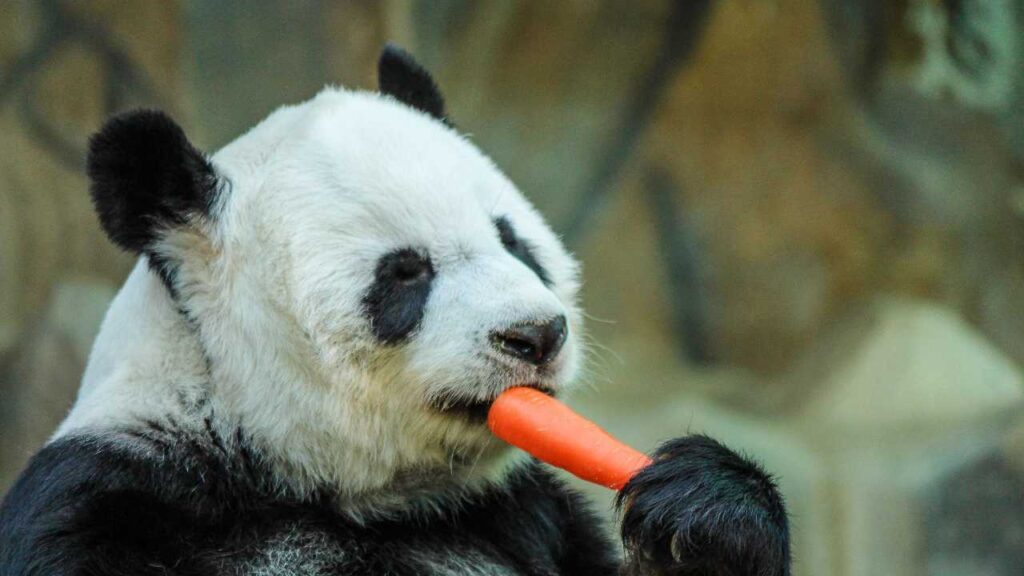The animal kingdom is full of surprises, especially when it comes to what different animals eat. From bugs to berries and even more unusual fare, let’s explore 18 wild animals with surprising diets!
1. Koalas

Koalas eat mostly eucalyptus leaves. These leaves are tough and toxic to most animals, but koalas have a special digestive system that lets them munch on these leaves safely.
2. Pandas
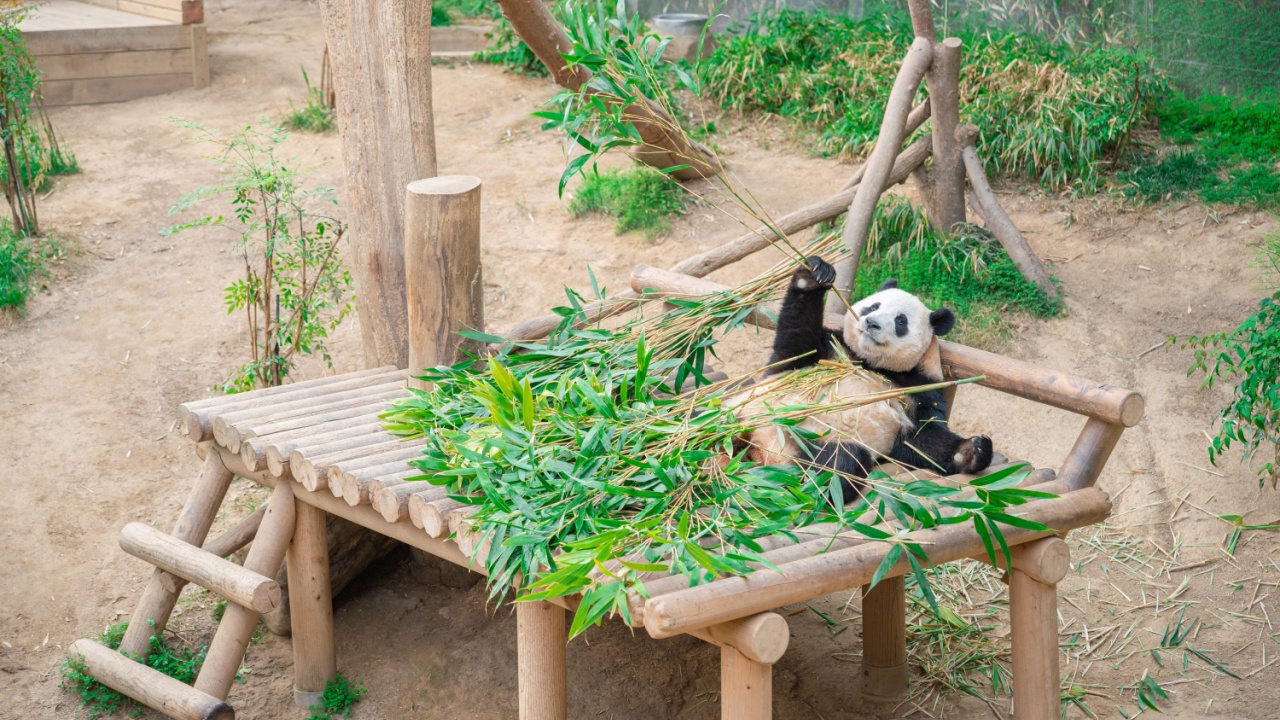
Pandas eat almost exclusively bamboo. Despite being bears, which are typically carnivorous, pandas have adapted to thrive on a diet of up to 99% bamboo.
3. Vultures
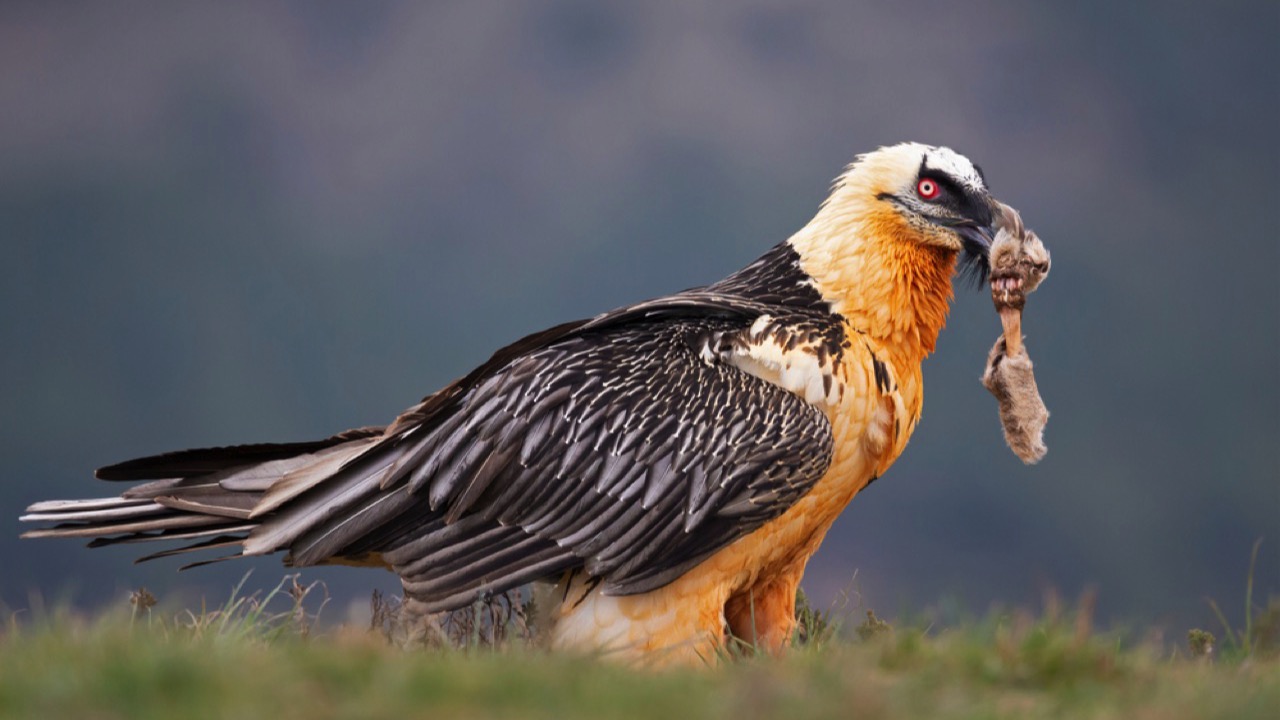
Vultures are scavengers that eat dead animals. Their strong stomach acids help them digest rotting meat without getting sick, cleaning up the environment in the process.
4. Leafcutter Ants
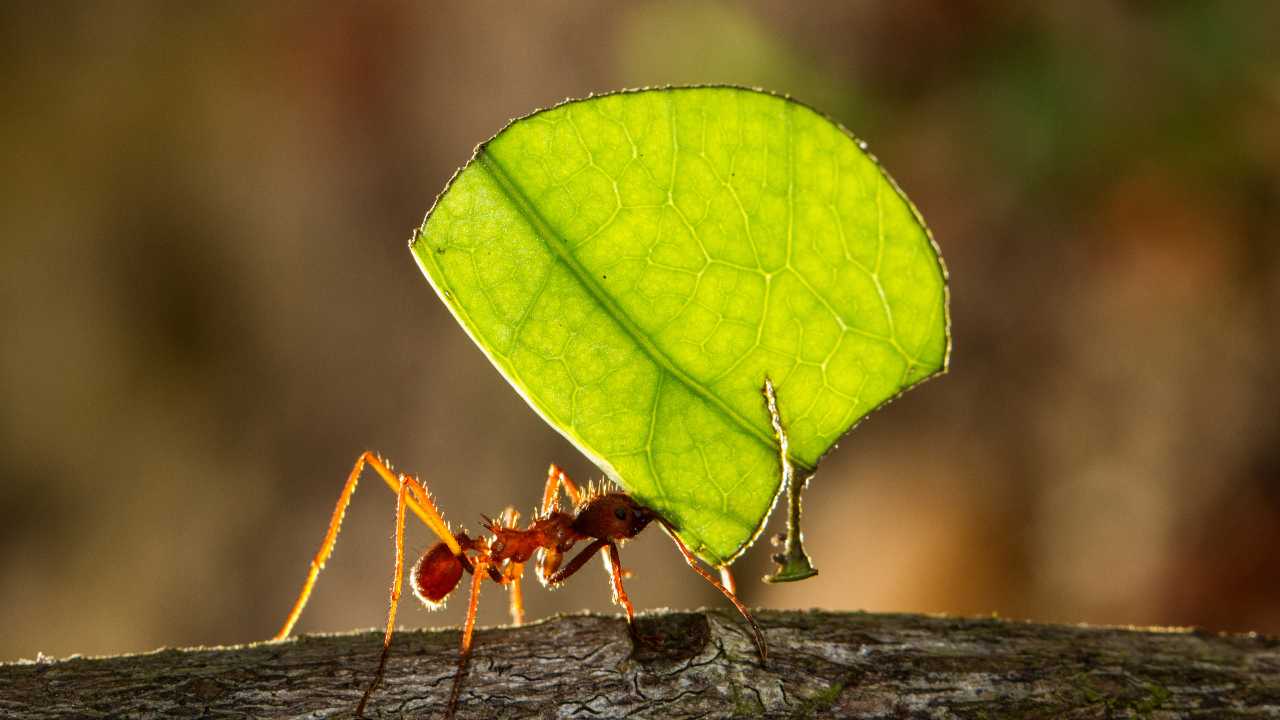
Leafcutter ants cut and carry leaves back to their nests, not to eat the leaves directly, but to use them to grow a special type of fungus that they then eat.
5. Flamingos
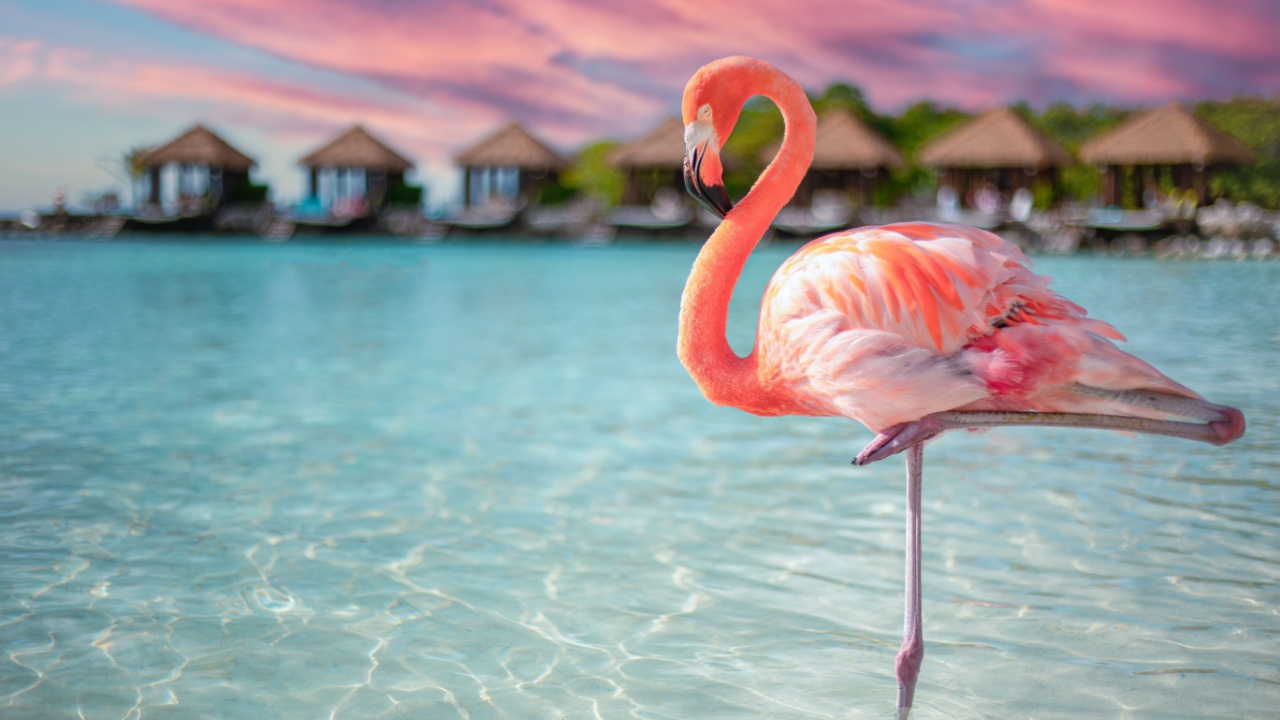
Flamingos get their pink color from their diet of algae and small crustaceans. These foods contain pigments called carotenoids, which turn their feathers pink.
6. Star-Nosed Moles
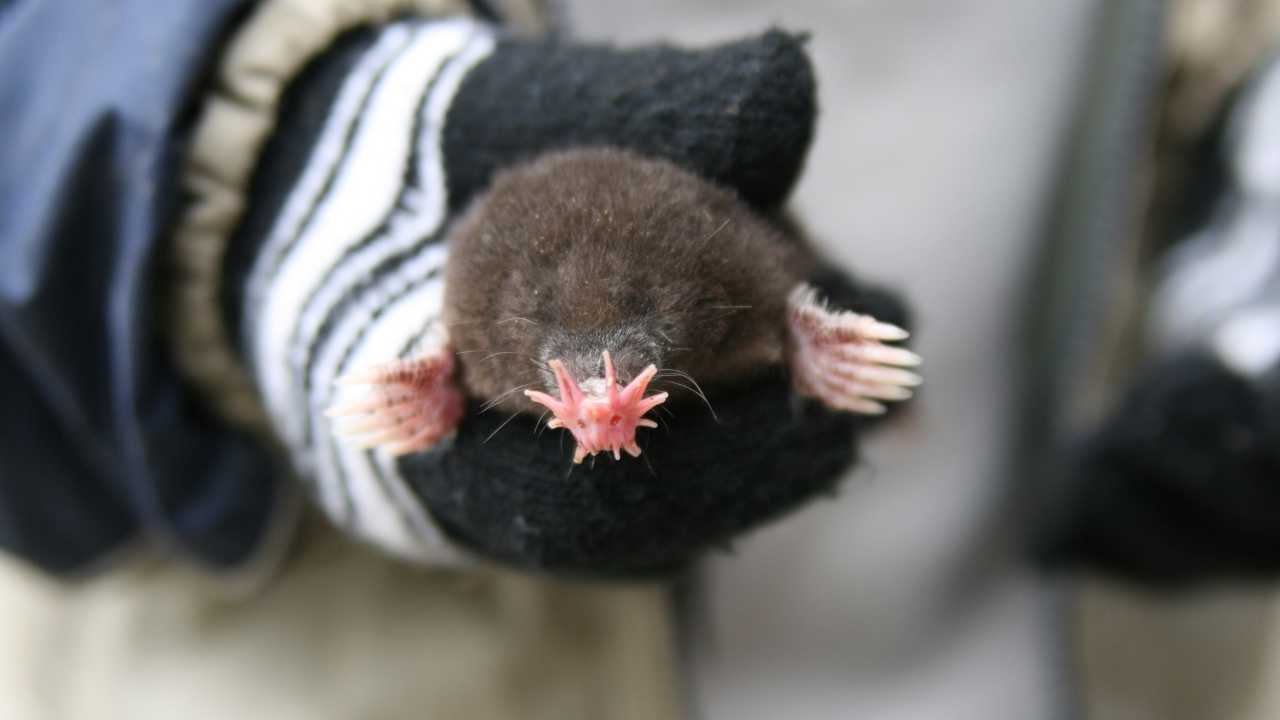
Star-nosed moles eat insects, worms, and small aquatic animals. They have a unique star-shaped nose that helps them feel and catch prey in the dark underground.
7. Hoatzins
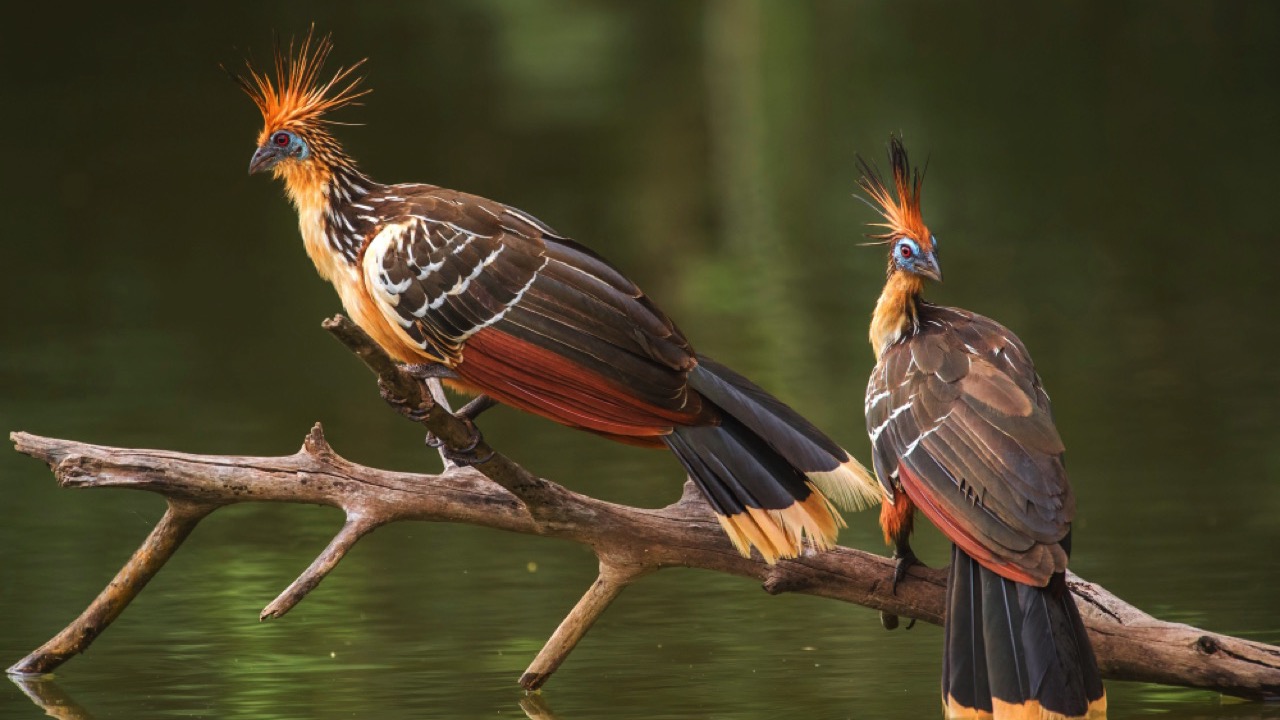
Hoatzins are birds that eat leaves and fruit. They have a unique digestive system that ferments the leaves, similar to how cows digest grass.
8. Aye-Ayes
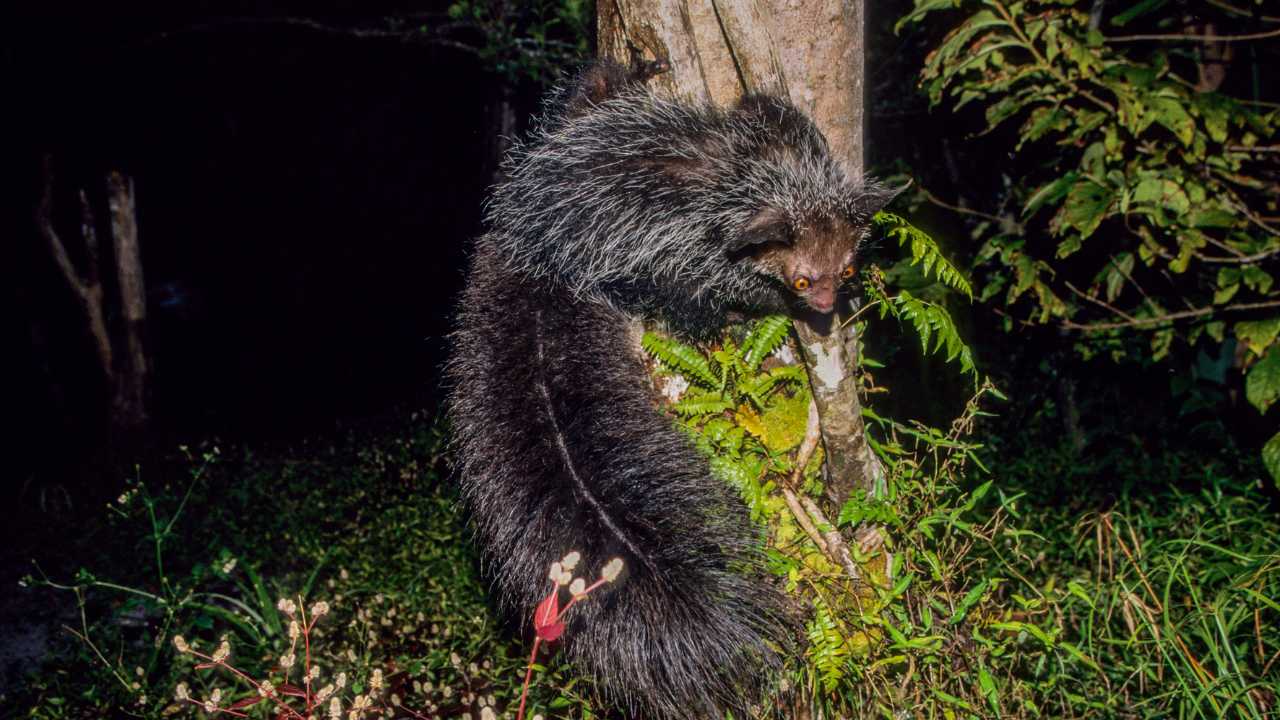
Aye-ayes are lemurs that use their long, thin fingers to tap on trees and locate insect larvae, which they then extract and eat.
9. Bearded Vultures
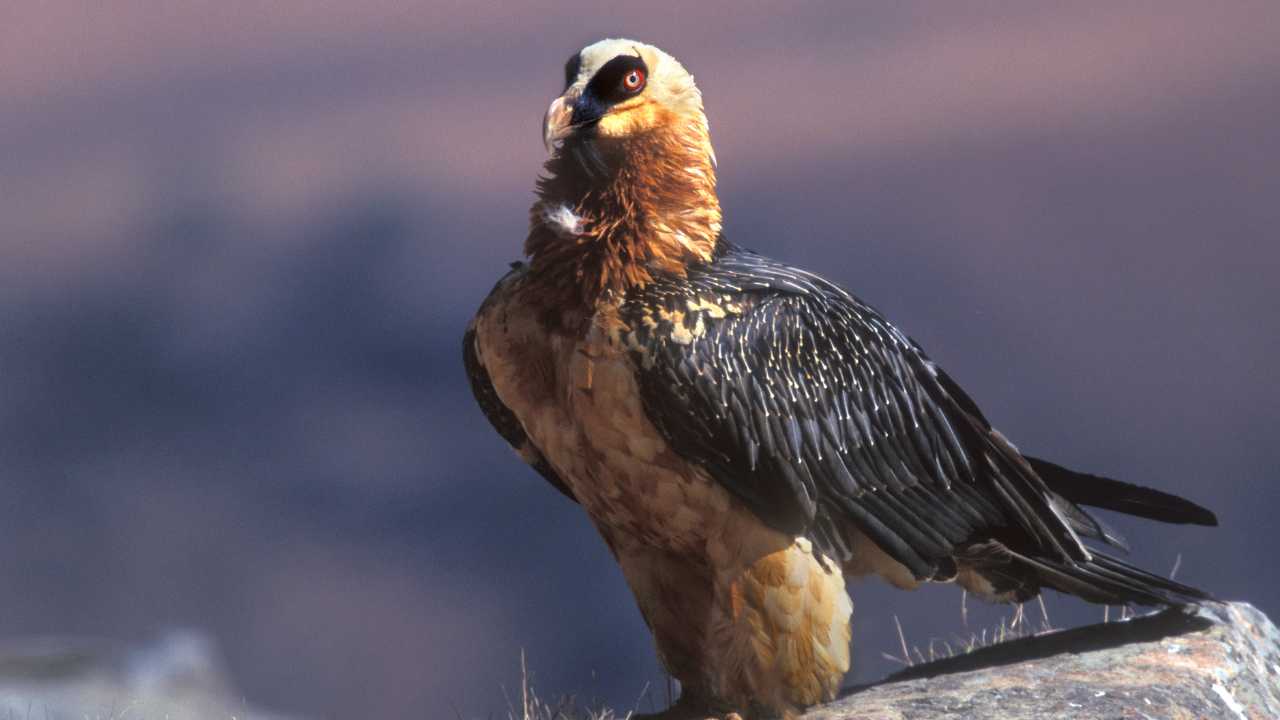
Bearded vultures, also known as lammergeiers, have a diet mainly consisting of bones. They drop bones from great heights to crack them open and access the nutritious marrow inside.
10. Snapping Turtles
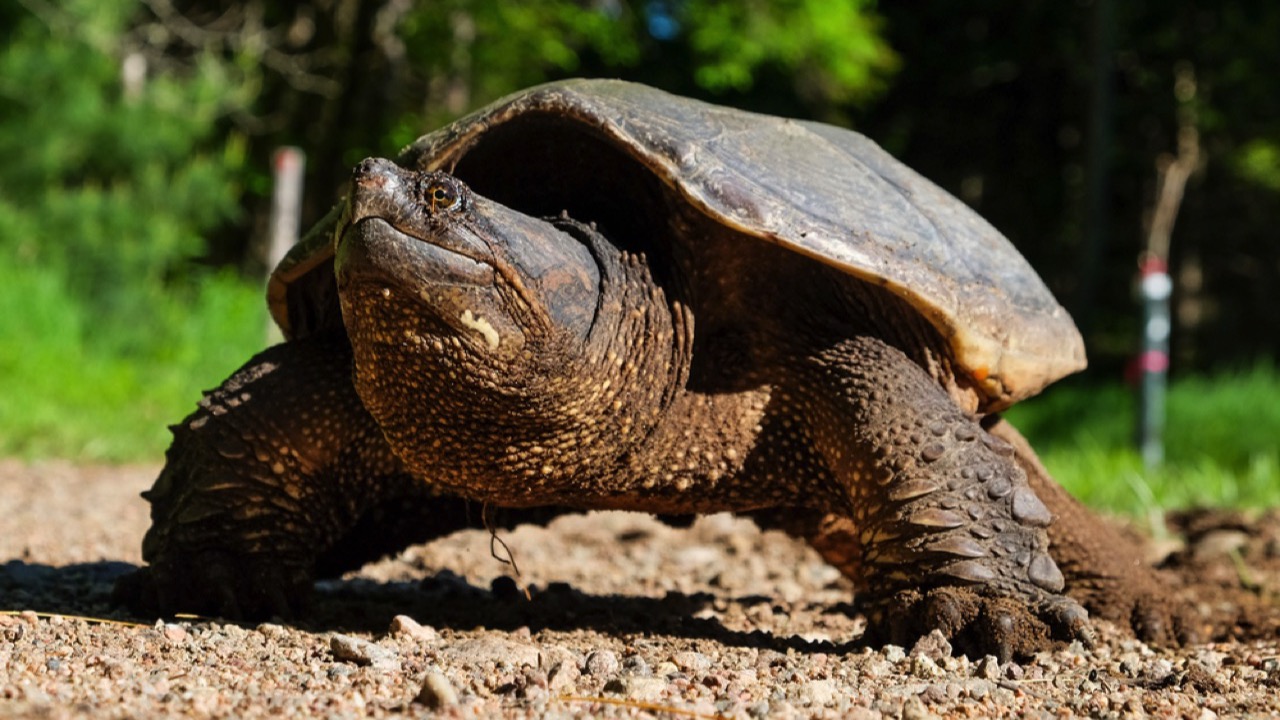
Snapping turtles eat a variety of foods including fish, birds, and even other turtles. Their powerful jaws help them catch and eat their prey.
11. Narwhals
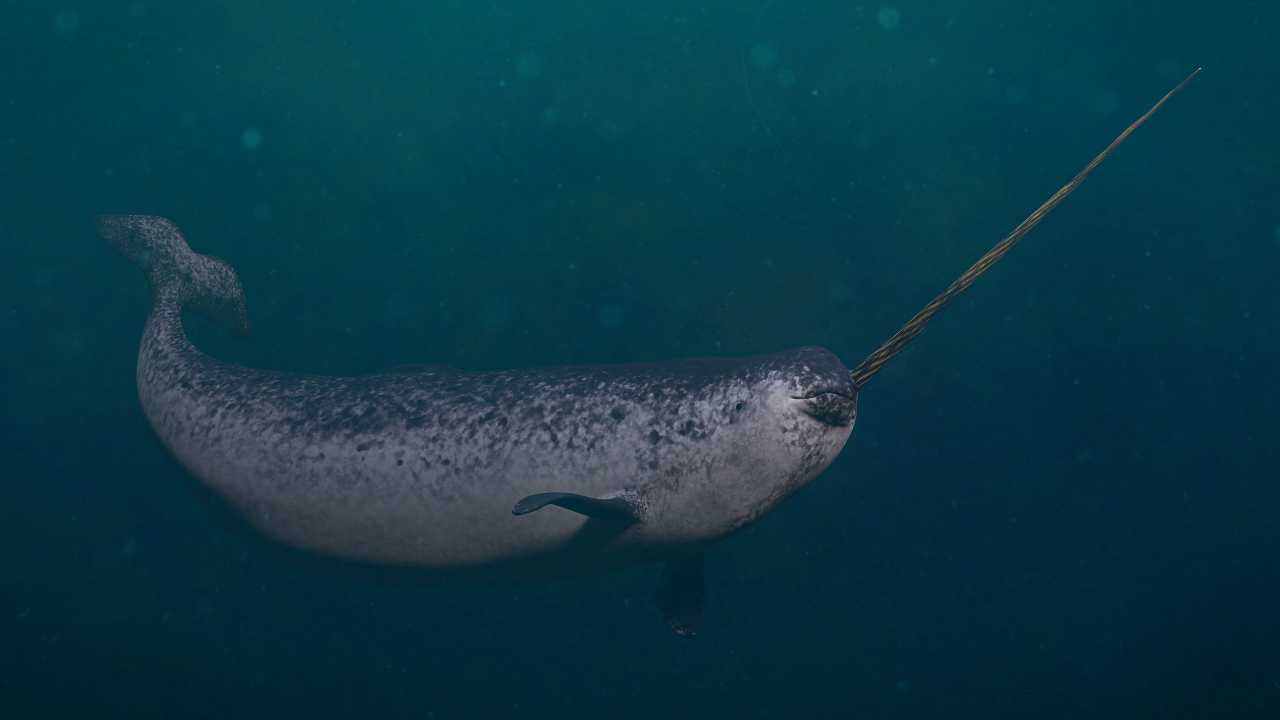
Narwhals mainly eat fish like cod and halibut. These whales use their long, spiral tusks to sense and stun prey before eating it.
12. Oxpeckers
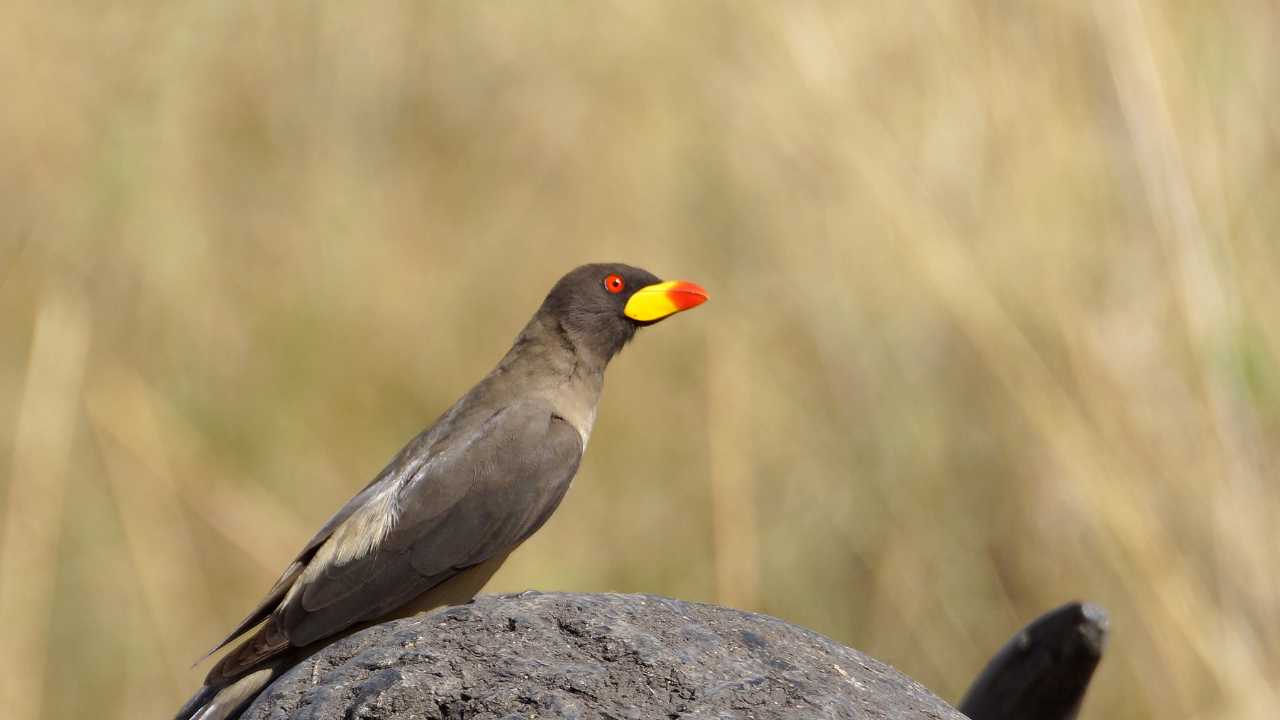
Oxpeckers are birds that eat ticks and parasites off large mammals like zebras and buffaloes. They help keep these animals healthy by reducing their parasite load.
13. Giant Anteaters
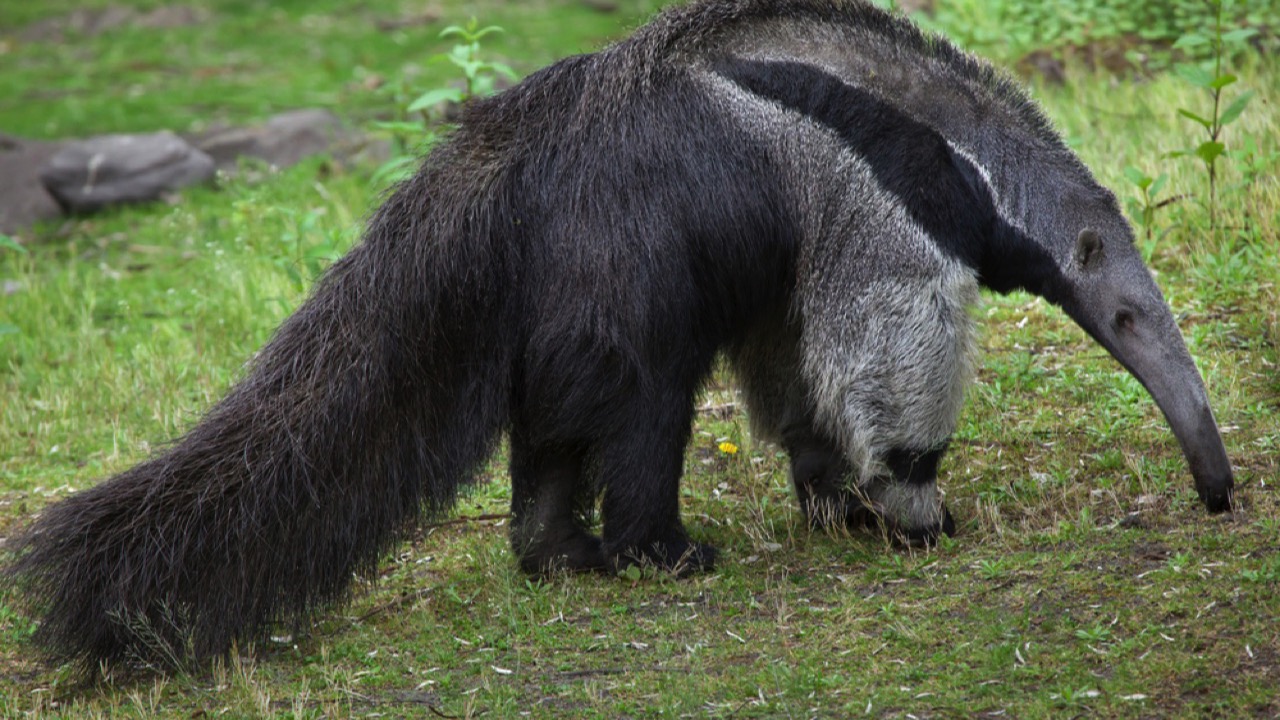
Giant anteaters eat ants and termites. They use their long, sticky tongues to capture thousands of insects each day.
14. Capuchin Monkeys
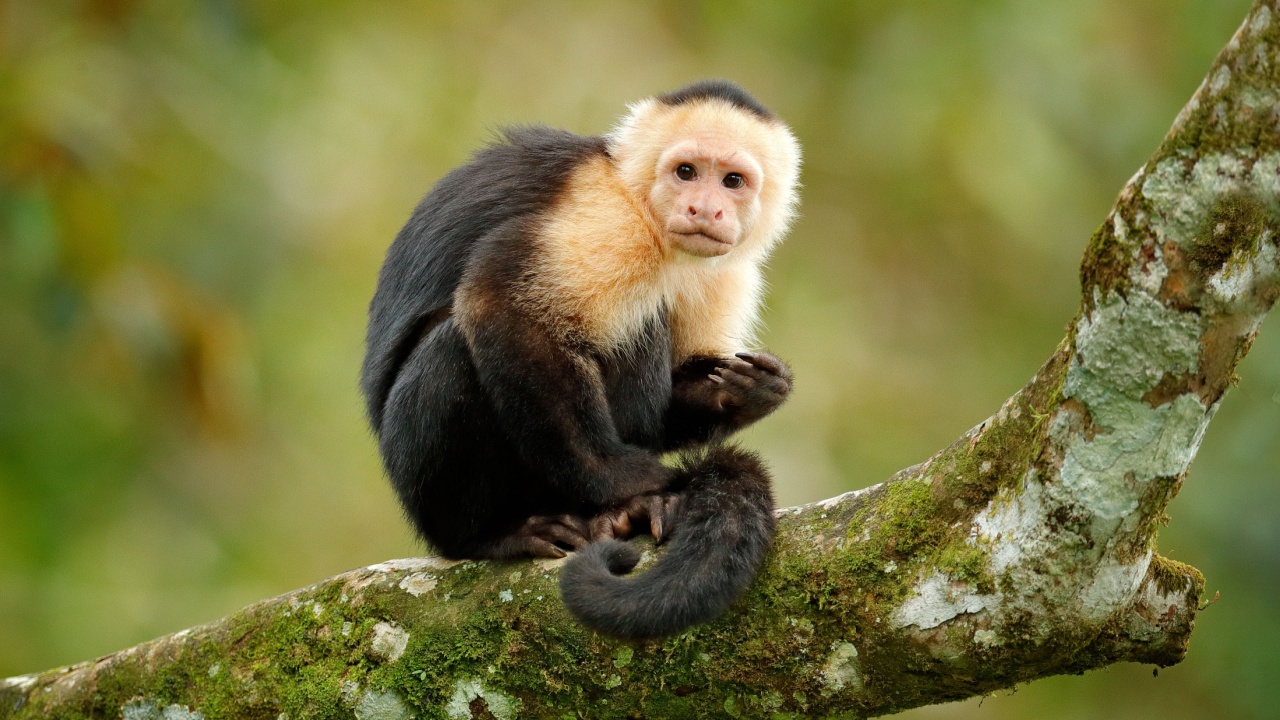
Capuchin monkeys have a diverse diet that includes fruits, insects, small animals, and even plants. They are known for their intelligence and ability to use tools to access food.
15. Parrotfish
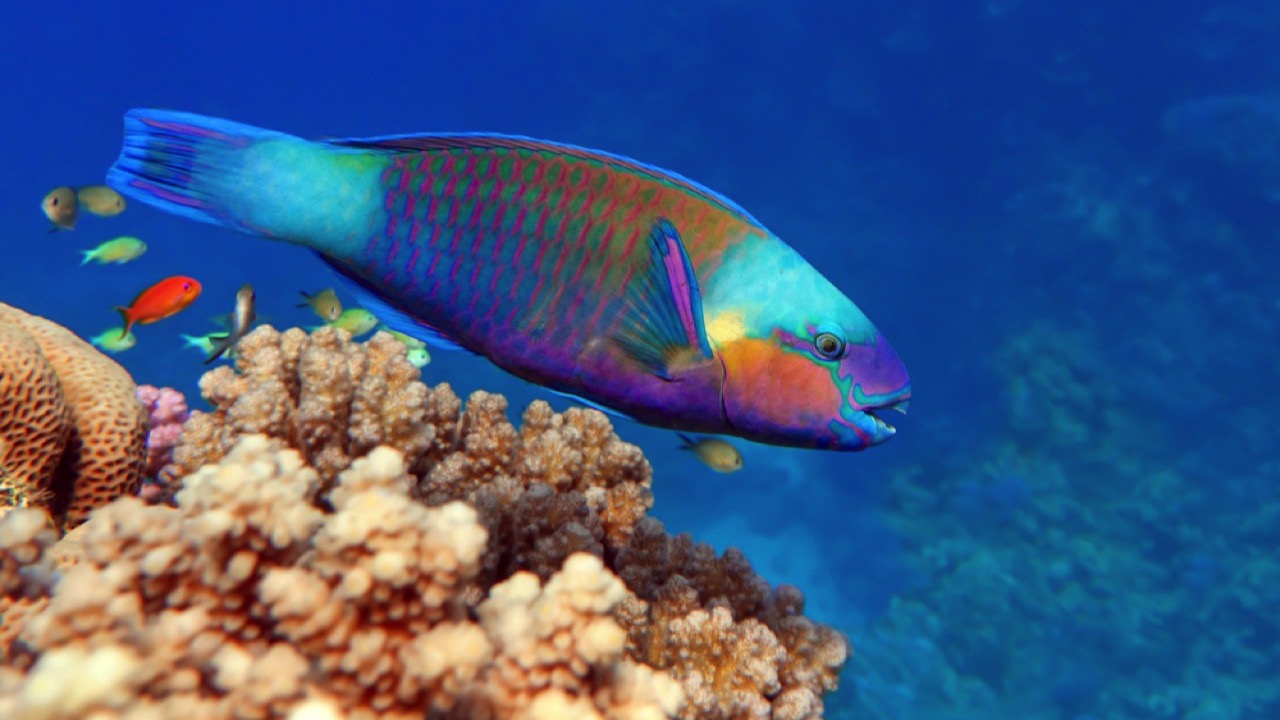
Parrotfish eat algae and dead coral. They have beak-like teeth that help them scrape food off coral reefs, playing an important role in reef health.
16. Tuatara
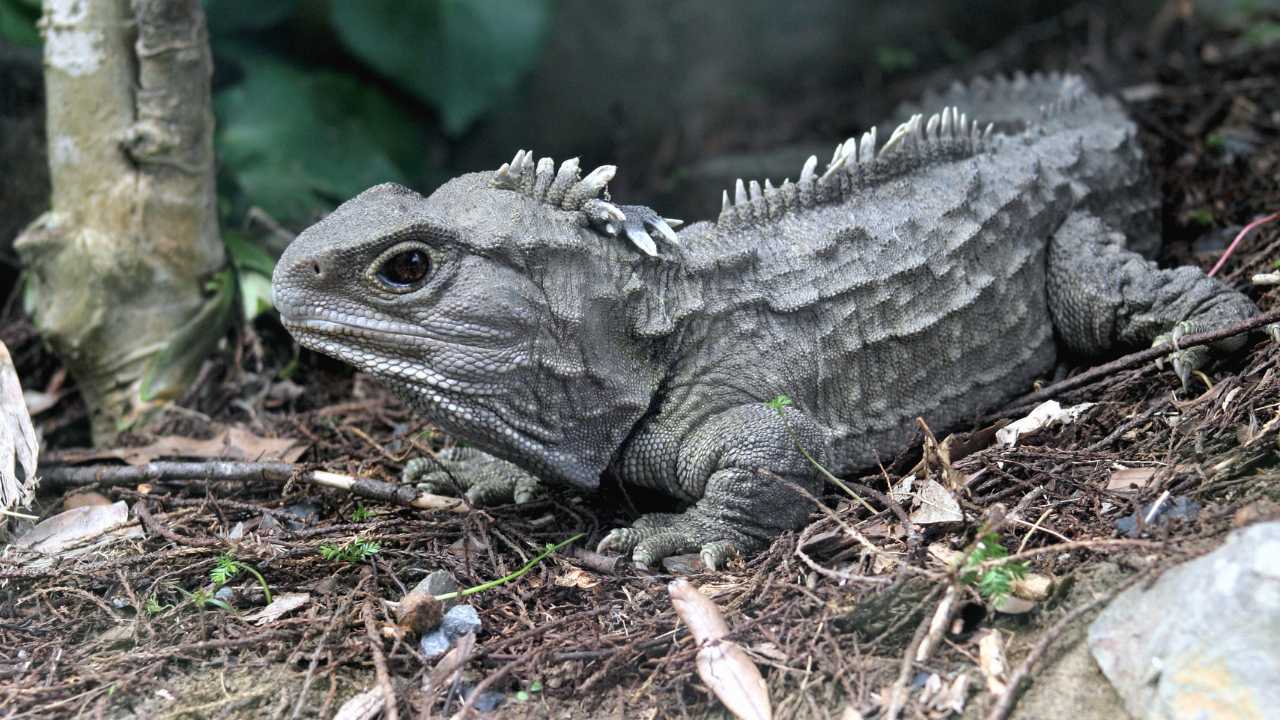
Tuatara are reptiles that eat insects, small lizards, and birds. They have unique teeth fused to their jawbone, which they use to catch and eat their prey.
17. Palila Birds
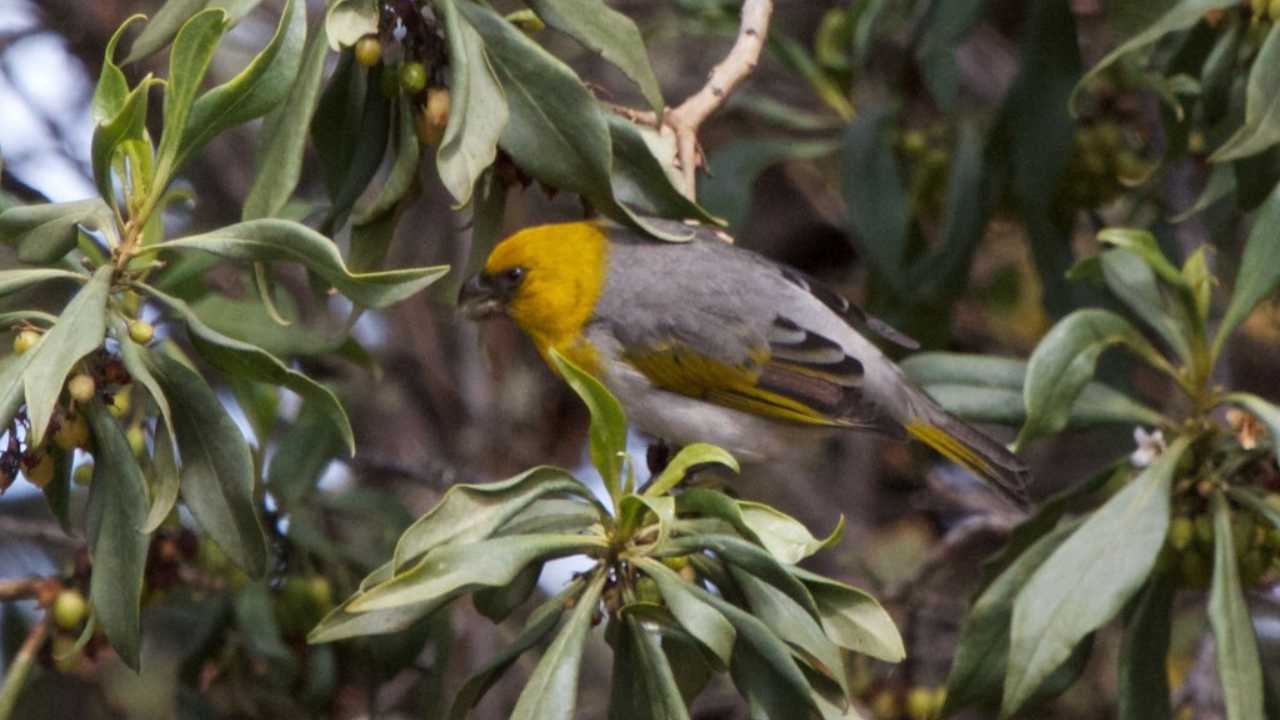
Palila birds, native to Hawaii, primarily eat seeds from the māmane tree. These seeds are toxic to many animals, but palilas can safely digest them.
18. Honey Badgers
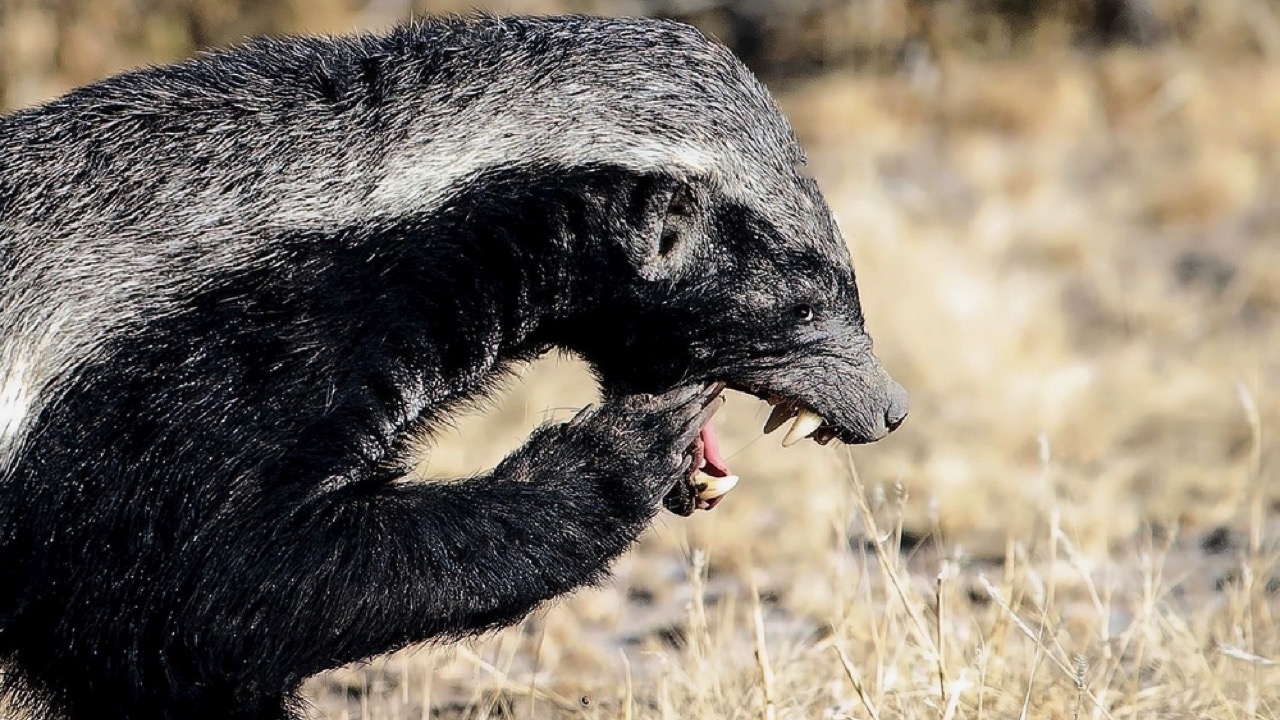
Honey badgers eat a variety of foods, including honey, insects, small mammals, and reptiles. Their tough skin and fearless nature allow them to raid beehives and take on dangerous prey.
Becky is a fervent wildlife enthusiast and pet care expert with a diploma in canine nutrition. Her love for animals stretches beyond the domestic, embracing the wild tapestry of global fauna. With over a decade of experience in animal welfare, Becky lends her expertise to OutlandishOwl through insightful articles, captivating wildlife information, and invaluable guidance on pet nutrition. Her work embodies a deep commitment to understanding the intricate lives of animals and a passion for educating others on sustaining natural habitats. Becky's hands-on conservation efforts and her knack for translating complex dietary science into practical pet feeding tips make her an indispensable voice for creatures great and small.

